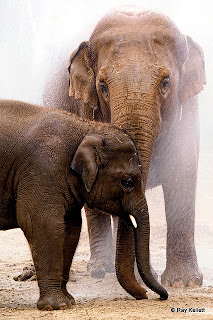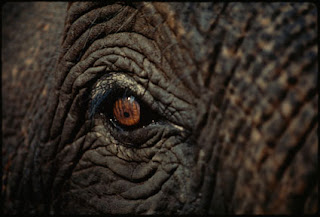Why are snow leopards special? Snow Leopards are one of the most beautiful and mystical wild cats. They have a proud bearing and people are drawn to their unusual white/gray colour. Snow leopards are also very elusive and few people have seen them in the wild. They are rare and endangered and live in some of the most extreme high altitude and cold climate on earth.
Why are snow leopards endangered? The IUCN is an international organisation dedicated to conservation of animals and their habitat. It has listed snow leopards as endangered for many years. It is a sad fact that the biggest threat to snow leopards (like most other endangered animals) are humans.
Humans have for centuries hunted them for their fur and their bones; fur to wear as coats and hats, and bones to be used in traditional medicines. Humans also destroy snow leopard habitat and food sources by killing the prey animals they need to feed on.
When the natural wild prey animals are not available snow leopards will often kill and eat domestic livestock like sheep and goats belonging to villagers they share the mountains with. When this happens the villagers will in turn kill the snow leopard to protect their livestock, which is often the only resource standing between them and poverty.
Intriguing snow leopard facts – the big cat that doesn’t roar. Snow leopards can’t roar because of their different vocal chords. Most zoo keepers working with the snow leopard use the word “prusten” for the sound the cat makes. It’s a German word meaning to puff and to blow. It’s a soft sound snow leopards make to each other and sometimes to keepers. In the wild they use it to communicate when meeting for mating. Some people also call it “chuffing”.
I hope you found this information interesting!
Love Brid, the Zoo tycoonest








